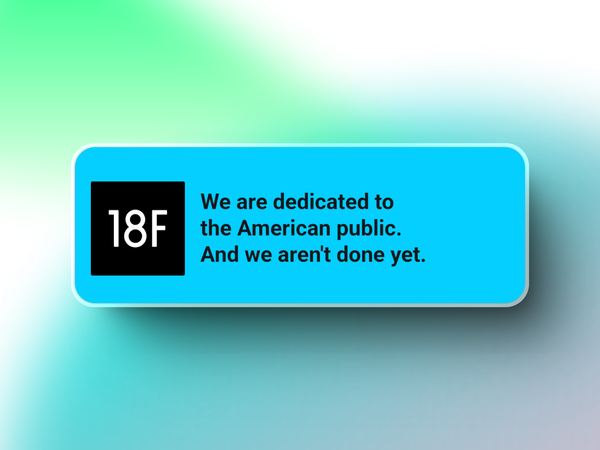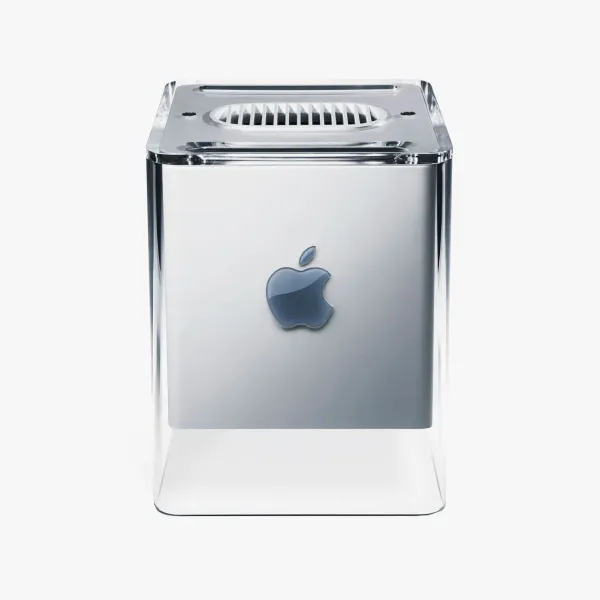Dribbble just made a big change that will force designers to keep payments on their platform.
No more sharing contact details before a client pays up. If you’ve been using Dribbble to attract clients but handle payments elsewhere, that’s over.
So, what’s really going on here?
Dribbble Wants Its Cut
This isn’t about protecting designers from scams. If it were, they’d focus on better vetting clients, not limiting communication.
The real reason?
They want to make sure every dollar that flows through the platform gets taxed with their fee. This move turns Dribbble into more of a marketplace, like Upwork or Fiverr, where they control the pipeline and skim off the top.
By forcing payments through Dribbble, they make it harder for designers to build direct relationships with clients. Once a client is tied to Dribbble’s payment system, they’re less likely to take work elsewhere.
That’s great for Dribbble but not so great if you were using the platform to attract long-term clients you could work with on your own terms.
"More Opportunities for Designers"?
They claim keeping payments on-platform helps them invest in features and lead generation.
Maybe. But Dribbble has been shifting toward paid features and memberships for a while. This looks like another step toward a walled garden where you pay to play.
Dribbble’s move isn’t unique. More platforms are trying to lock down their user base to capture a bigger slice of transactions.
Gumroad has hiked its fees, Substack is pushing its own payment system, and now Dribbble is making sure designers can’t sidestep their cut.
It’s part of a broader push to keep creators inside platforms instead of allowing them to build their own businesses independently.
The Bottom Line
If you’re a Dribbble user, this is a frustrating change. You either adapt and pay their fees or move your business elsewhere.
For those who use Dribbble to get discovered but close deals off-site, it might be time to rethink how much you rely on the platform.
What do you think? Will this help designers, or is it just another way to squeeze more money out of them?











